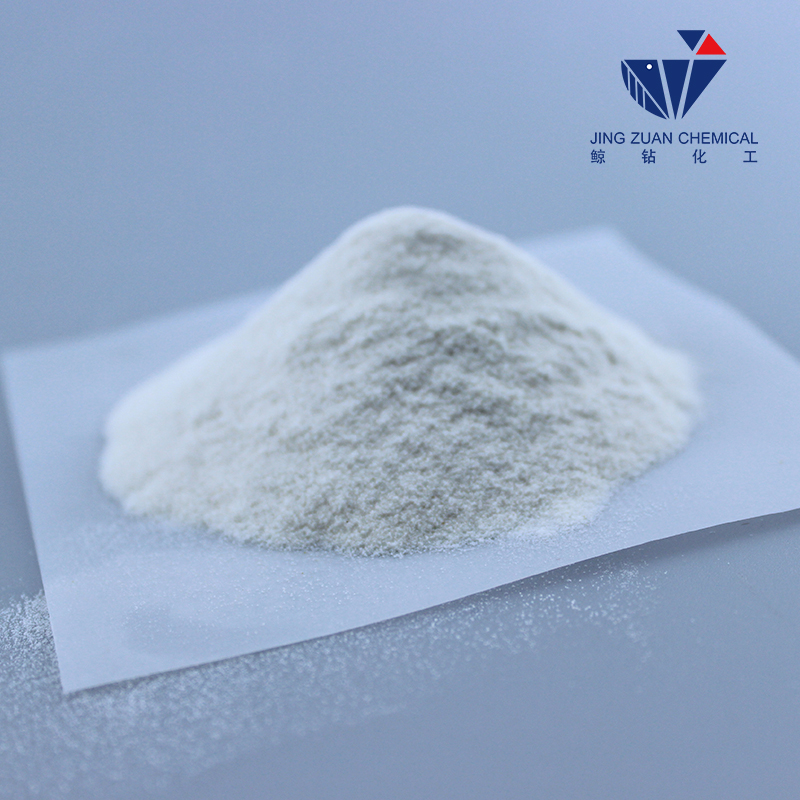
ماي . 27, 2025 09:16 Back to list
Hydroxypropyl Methylcellulose (HPMC) Versatile Binder & Tablet Coating Agent
- Overview of Hydroxypropyl Methylcellulose (HPMC)
- Technical Advantages and Performance Metrics
- Manufacturer Comparison: Key Parameters
- Customized Solutions for Diverse Applications
- Case Studies: Real-World Applications
- Industry Trends and Future Projections
- Why Hydroxypropyl Methylcellulose Remains Essential

(hydroxypropyl methylcellulose)
Understanding Hydroxypropyl Methylcellulose and Its Versatility
Hydroxypropyl methylcellulose (HPMC) is a semisynthetic polymer derived from cellulose, widely recognized for its multifunctional properties in pharmaceuticals, construction, and food industries. With a global market value projected to reach $5.2 billion by 2028 (CAGR 6.1%), HPMC’s solubility, thermal gelation, and film-forming capabilities make it indispensable. Its non-ionic nature ensures compatibility with other excipients, while varying viscosity grades (from 5 mPa·s to 100,000 mPa·s) enable tailored solutions across sectors.
Technical Superiority Backed by Data
HPMC outperforms alternatives like ethyl cellulose or PVP in tablet coating due to:
- Controlled release profiles (85–92% API release within 8 hours)
- Moisture resistance (stable at 60–80% RH)
- Thermal gelation at 50–90°C, enabling hot-melt extrusion processes
Studies show HPMC-based tablets achieve 30% faster disintegration than gelatin-coated counterparts, enhancing bioavailability.
Competitive Landscape: Manufacturer Benchmarking
| Manufacturer | Viscosity Range (mPa·s) | Gelation Temp. | Purity | Market Share (2023) |
|---|---|---|---|---|
| Ashland | 5–150,000 | 58°C | 99.8% | 32% |
| Dow Chemical | 40–100,000 | 63°C | 99.5% | 28% |
| Shin-Etsu | 15–75,000 | 55°C | 99.9% | 19% |
Tailored Formulations for Specific Needs
Pharma-grade HPMC (USP/EP compliant) is customized through:
- Substitution degree adjustment: 19–30% methoxyl, 4–12% hydroxypropyloxyl
- Particle size optimization: 80–120 μm for direct compression
- Combination with plasticizers (e.g., PEG 400) for film coatings
A recent project with a European generics manufacturer achieved 18-month stability for enteric-coated tablets using Shin-Etsu’s HPMC-LV series.
Application Success Stories
Case 1: A Top 10 Pharma company reduced tablet friability from 0.8% to 0.15% by switching to Ashland’s Methocel™ E5 Premium LV.
Case 2: Construction adhesive manufacturer boosted open time by 40% using Dow’s HPMC 2208 (4000 mPa·s grade).
Market Evolution and Sustainability Focus
The HPMC sector is shifting toward:
- Bio-based raw materials (60% of new capacity by 2025)
- Continuous manufacturing (25% cost reduction vs. batch processes)
- High-purity grades for mRNA vaccine encapsulation
Hydroxypropyl Methylcellulose: The Indispensable Polymer
As regulatory pressures increase (87% of new drug applications require HPMC-based coatings), this polymer’s adaptability across 200+ therapeutic formulations ensures its dominance. Ongoing R&D in hybrid HPMC-silica matrices promises extended-release profiles beyond 24 hours, positioning it as the backbone of next-gen drug delivery systems.

(hydroxypropyl methylcellulose)
FAQS on hydroxypropyl methylcellulose
Q: What is hydroxypropyl methylcellulose (HPMC) used for?
A: Hydroxypropyl methylcellulose is a multifunctional polymer used as a thickener, binder, film-former, and stabilizer. It is widely applied in pharmaceuticals, food, cosmetics, and construction materials.
Q: How is hydroxypropyl methylcellulose used in tablets?
A: In tablets, HPMC acts as a binder to improve cohesion and as a controlled-release agent. It also enhances tablet disintegration and dissolution in some formulations.
Q: Why is hydroxypropyl methylcellulose preferred in pharmaceutical coatings?
A: HPMC forms smooth, durable film coatings that mask taste and protect active ingredients. It is non-toxic, hypoallergenic, and compatible with other excipients.
Q: Can hydroxypropyl methylcellulose be used in food products?
A: Yes, HPMC serves as a vegan alternative to gelatin in food, acting as a thickener and emulsifier. It is also used in gluten-free baking to improve texture.
Q: Is hydroxypropyl methylcellulose safe for topical applications?
A: HPMC is safe for topical use in cosmetics and ointments due to its non-irritating properties. It provides moisture retention and enhances product viscosity.
-
Versatile Hpmc Uses in Different Industries
NewsJun.19,2025
-
Redispersible Powder's Role in Enhancing Durability of Construction Products
NewsJun.19,2025
-
Hydroxyethyl Cellulose Applications Driving Green Industrial Processes
NewsJun.19,2025
-
Exploring Different Redispersible Polymer Powder
NewsJun.19,2025
-
Choosing the Right Mortar Bonding Agent
NewsJun.19,2025
-
Applications and Significance of China Hpmc in Modern Industries
NewsJun.19,2025







